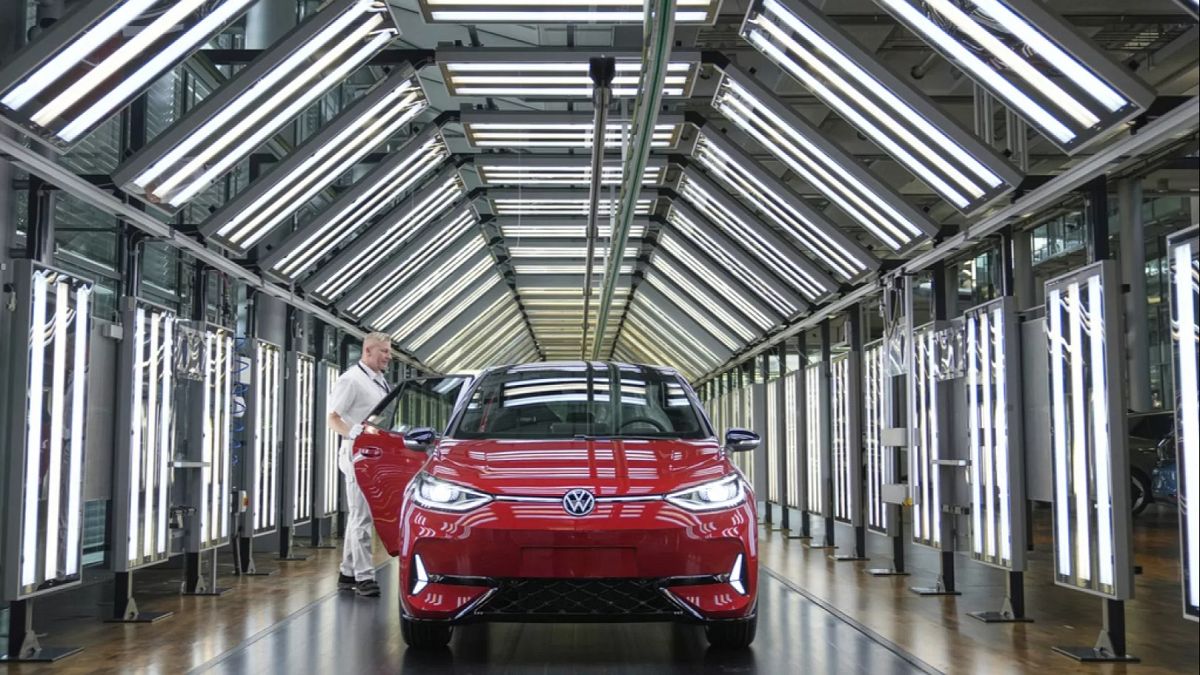

In a dynamic blend of innovation and adaptation, recent developments have emerged across the global spectrum, ranging from shifts in the automotive industry to advancements in artificial intelligence and infrastructure. These stories reflect a changing landscape that offers a tapestry of challenges and opportunities.
One of the significant shifts witnessed in the automotive sphere involves new car registrations in Europe. Despite the overall decline in sales, a growth narrative emerges for some manufacturers, particularly those hailing from China. Among them, SAIC Motor is steadily carving a presence in the European market, encapsulating a broader trend of increased integration of Chinese automotive companies into the regional economy. Meanwhile, Tesla continues to experience a downturn in sales across the European Union, which poses questions about the evolving competitive dynamics within the electric vehicle segment.
Adding complexity to the auto industry’s landscape is the strategic consideration by Chery Auto, another Chinese carmaker, to potentially establish a second European factory in the United Kingdom. This effort underscores a localization strategy aimed at mitigating increased tariffs from the UK and EU. The recent launch of Chery’s brands, Omoda and Jaecoo, has marked the beginning of an expanded footprint in the British market, reinforcing the appetite for Chinese automotive innovations and production methods in Western markets.
Beyond the automotive industry, the unveiling of the Enigmacursor mollyborthwickae dinosaur species at London’s Natural History Museum offers an engaging diversion into the realm of discovery and historical intrigue. This new addition to the museum highlights the continuous journey of paleontological research and the excitement it brings to understanding our planet’s prehistoric past. It serves as a reminder of the interconnectedness of life and the enduring mysteries lying beneath our feet.
Turning to infrastructure, the Rail Baltica project is steadily progressing, presenting a significant enhancement in connectivity for the Baltic States—Lithuania, Latvia, and Estonia. This major railway development, which realigns the track from the Russian broad gauge to the European standard, is a vital part of the European Union’s commitment to improving regional transportation networks. Besides its principal role in civilian logistics, potential plans suggest that Rail Baltica could also support defensive military operations, exemplifying the dual-use nature of modern infrastructure investments.
In the technological domain, Meta has secured a crucial legal victory in the United States, where it was involved in a copyright lawsuit with a group of prominent authors. The authors, including figures like Sarah Silverman and Ta-Nehisi Coates, contended that Meta had infringed on copyright laws by utilizing their works without authorization to train its artificial intelligence systems. The ruling in Meta’s favor highlights the ongoing tension between content creators and technology firms over the use of proprietary material in AI training, arguably paving a path for future discourse and regulation in this arena.
Each of these stories, from market strategies in the automotive industry to legal determinations in AI, paints a broader picture of an interconnected world continually negotiating the boundaries of tradition, technology, and transformation. As we move forward, these evolutions offer a moment to reflect on how change touches various facets of life and commerce, inviting stakeholders and observers alike to participate in a mindful consideration of progress.
Source: {link}
